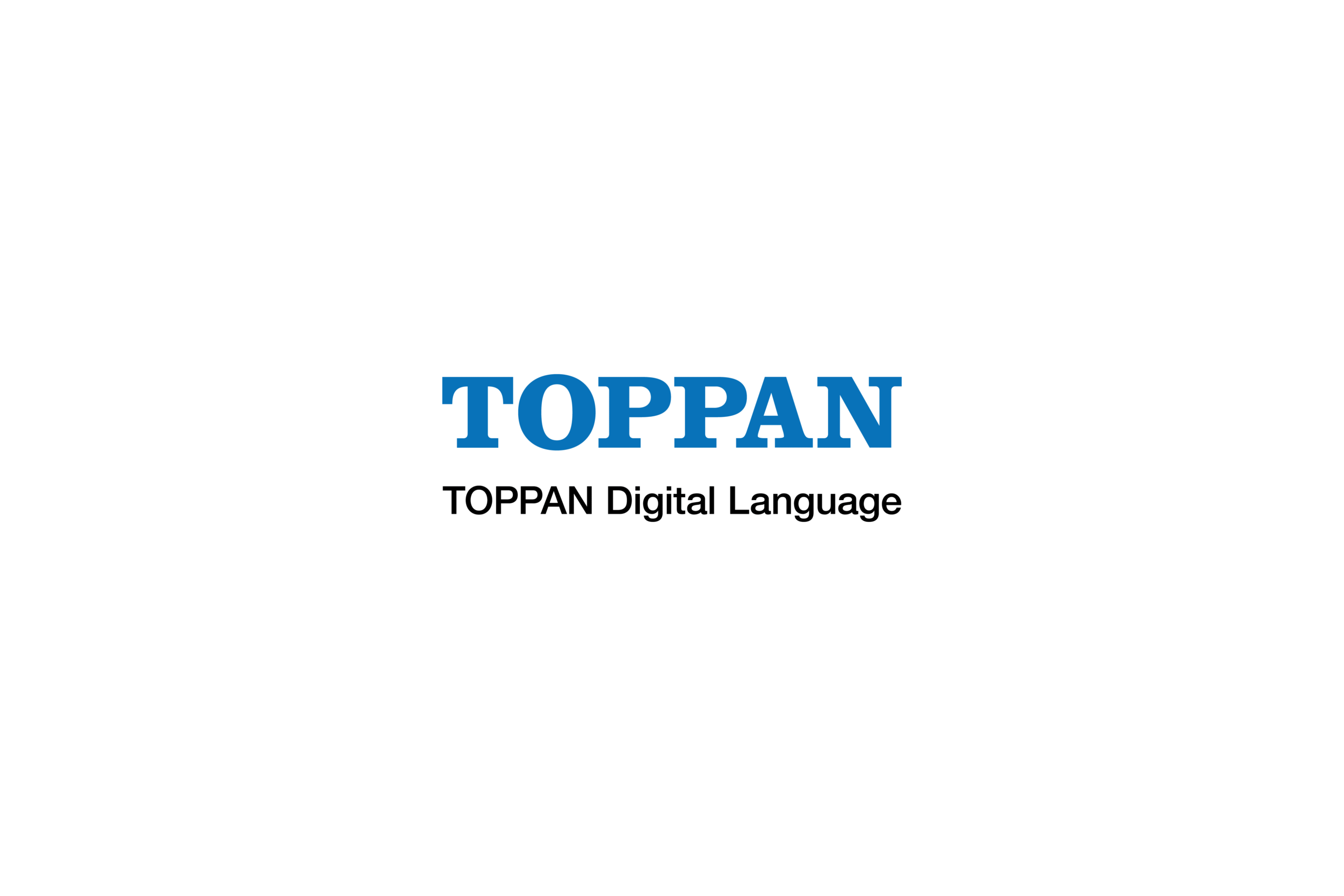When outsourcing language services, it is imperative that confidential information is protected. While this has always been the case, increasing regulation related to personal information has led to greater prioritization of this issue.
This shift requires the reassessment and adaptation of existing solutions to ensure compliance and to maintain the integrity and confidentiality of information in source and output materials. But what are the core challenges and how can we implement effective solutions to address them?
Key challenges
Data Protection
Over the past decade, new data protection regulations have been enacted in many jurisdictions globally, governing the handling of any personal data. These regulations cover personal, sensitive, and health-related information, and include GDPR in Europe, HIPAA in the US, and PIPL in China.
Organizations must thoroughly understand the specifics of each regulatory framework, ensure contractual compliance, and implement the requirements within their language service processes.
Accompanying the data protection regulations are information security standards, such as ISO 27001, SOC 2, and HiTrust, which are becoming a pre-requisite in providing additional assurance in the secure handling of all information during the translation process.
Adherence to these standards requires a comprehensive approach to information security management, encompassing both procedural and technical safeguards.

Process and Workflow Adaptations
Compliance with these regulations and standards may require changes to existing client-side and provider-side processes, workflows, and systems that may have previously been optimized for other priorities, service levels, and cost structures.
These changes may include adapting data storage practices, reconfiguring translation workflows, or, in some cases, moving from geographically dispersed operations to setups restricted to a single jurisdiction.

Technological Considerations
The rapid advancement of Machine Translation (MT), Natural Language Processing (NLP), and Large Language Model (LLM) artificial intelligence technologies are generating much excitement but bring with them fresh data protection challenges.
The extent to which confidential or personal information could be compromised if it is run through or is used to train an AI model depends on the architecture used and should be approached with full transparency.
Thinking about solutions

Transparent Collaboration
First, clients and providers must have open and clear conversations in their roles as data controllers and data processors. Relying on standard contractual clauses or ISO certifications may fall short of ensuring comprehensive data protection.
Instead, both parties must meticulously identify and categorise the information being handled and agree on the processing methods.This collaborative effort is key to designing workflows that are compliant while maintaining operational efficiency.
Furthermore, given the complexities of data protection, a wider range of stakeholders needs to be involved in determining the best solutions. Legal departments, data protection officers, risk management professionals and IT experts may all play roles in crafting a robust approach to data security.
Technological Solutions
Technology will certainly be a key part of any solution. The secure end-to-end architecture of translation systems, server location, and the integration of tools such as data anonymisation software are often crucial elements of a defensive strategy against data loss.
Where AI models are being deployed, personal information must be protected as a priority.

Roadmap Approach
Finally, data protection measures in the language service process should be considered as long-term programmes and roadmaps. A forward-looking approach will ensure that data protection measures evolve and mature as technological advancements and shifts in the regulatory landscape occur.
Ultimately, this will safeguard the integrity of the language service process and the trust of all stakeholders involved.



